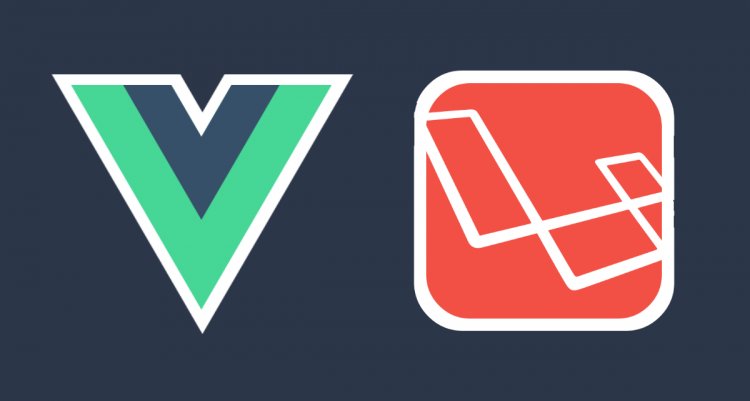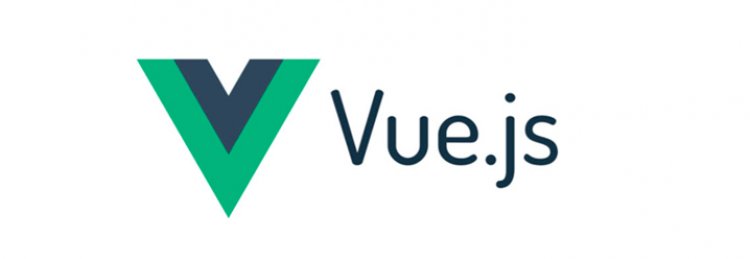Introduction to Laravel - Vue
In this article we will talk about on why laravel-vue and how good it is for web development

PHP is a popular and frequently used programming language for developing online applications. JavaScript, on the other hand, is a high-level, multi-paradigm programming language that follows the ECMAScript specification. For frontend development, JavaScript has Vue, and for backend development, PHP has Laravel. Combining the two technologies also results in a fantastic web application. Before we go any further, it's important to understand why Laravel and Vue are so popular for web development.

Potential of Vue
VueJS, an open-source JavaScript framework for creating interactive user interfaces and single-page apps. It's a component-based framework that lets you create full-featured apps with advanced user interfaces. It's a popular JavaScript framework that's gaining traction because to its comprehensive features and progressive approach. You may use VueJS to make UI changes that are transparently synchronised with the Vue frontend. For frontend development, VueJS is used to create maintainable and testable code bases.

Laravel
According to a site called tutorialspoint, Laravel is an open-source PHP framework, which is robust and easy to understand. It follows a model-view-controller design pattern. Laravel reuses the existing components of different frameworks which helps in creating a web application. The web application thus designed is more structured and pragmatic.
It is one of the best choices for developers who seek an expressive and straightforward toolkit to construct elegant web applications at warp speed.
Why use Vue with Laravel?
Even though Laravel and VueJS come from different programming languages, it may seem immaterial how VueJS may help Laravel, yet it does so in a variety of ways. When it comes to web app development, combining Laravel and VueJS means creating a flawless application. The full-stack development method entails selecting the most efficient frontend and backend technologies. Adopting Laravel with VueJS as part of a full-stack development strategy allows you to create complex and high-performance apps. Following are the reasons why you should use VueJS with Laravel:
1. Everything Happens on the Frontend
The majority of today's Web applications are event-driven. They are designed to provide users with a seamless experience, similar to that of using a program installed on their computer. All updates are now made on the frontend, and users will never need to reload a page (courtesy of JavaScript). As soon as a user enters a web application, they anticipate a faultless user experience. Bounce rates might rise as a result of even the tiniest of faults. Vue.JS enables you to dynamically place all necessary parts on the front-end, resulting in an event-driven web application. You can utilize the Laravel framework to call just the UX elements that need to be adjusted for user-actions, rather than refreshing the full website, consuming more data and taking longer to load a dynamic page.
As a result, all of the UX heavy lifting is pushed to the front-end, which can perform admirably thanks to Laravel's web application and server communication capabilities.
2. Trim the Frontend Development Process
As online applications scale, the data volume can begin to consume more resources with each update. The performance of the web app begins to suffer as a result of this incremental load. The page soon begins to slow in response to updates, rather than responding quickly. The dependencies between items are kept track of automatically by Vue.JS. As a result, whenever an update is launched, it only changes the data that needs to be changed. It is the appropriate tool to integrate with Laravel to avoid any update latency concerns because it works seamlessly with data flow management solutions like Redux and Flux.
Conclusion
Vue.JS and Laravel, when used together, improve the efficiency of your web application from development to page load times. They give thorough documentation to get your team members up and running, as well as a large library of modules to help them do typical tasks. Because they both heavily assist front-end development, your final project will almost certainly perform well (as long as you use them in the right combination).


















